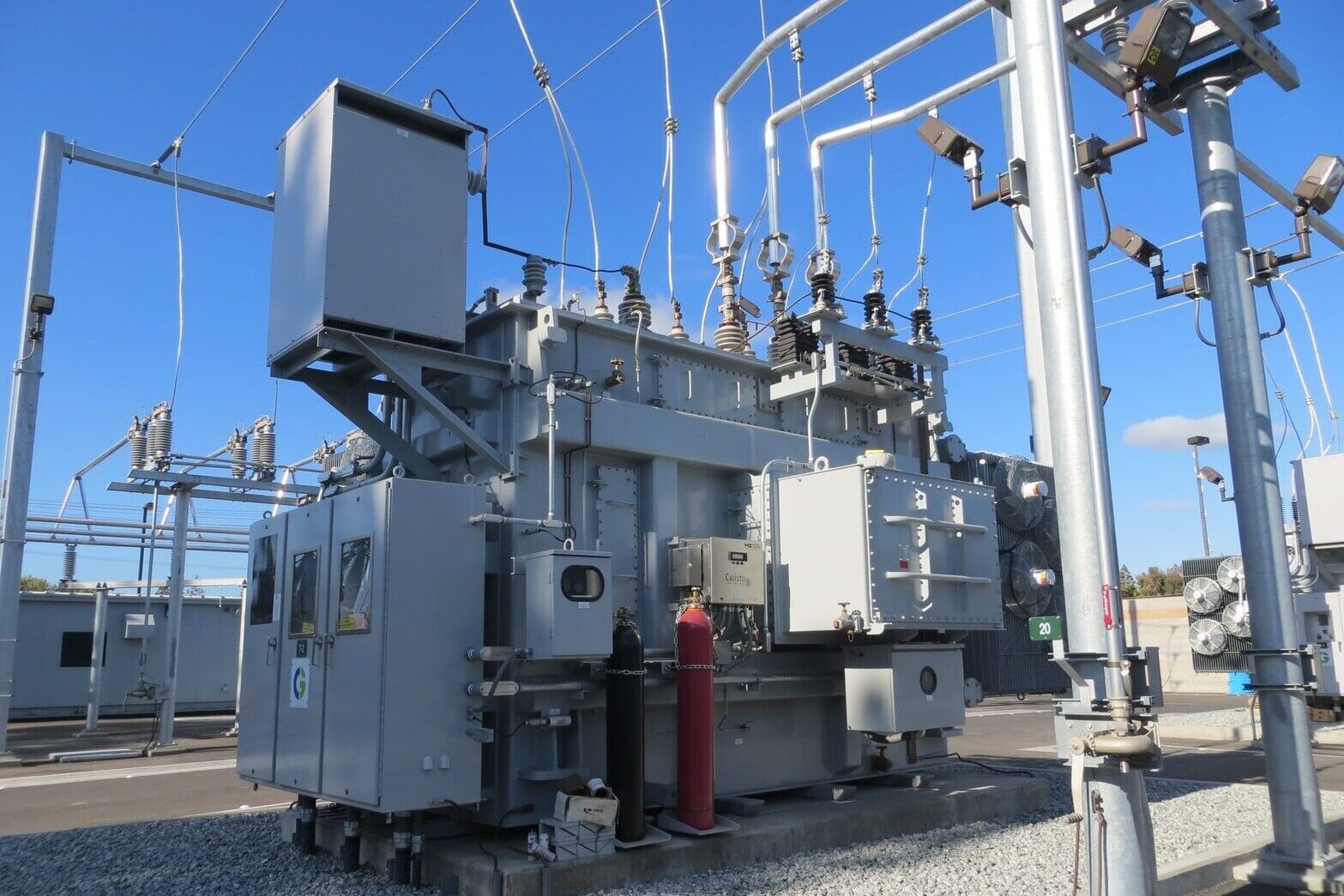Why Canada needs more CHP resources
With various electricity companies vying for your business, CHP’s self-generated power is a clear-cut competitive advantage over traditional energy options that are expensive, require numerous highly specialized personnel and reduce grid disruptions and power being lost on transmission. With self-generation, communities and facilities do not need to build grid infrastructure like new power plants. Its environmental impact is minimized as well as it reduces the release of harmful greenhouse gas emissions like carbon dioxide. A wide variety of sectors are no stranger to CHP infrastructure and capacity. To name a few, the industrial, manufacturing, real estate, and entertainment arena industries rely on energy to power their businesses. CHP also captures heat and steam that are used to heat water and heating for these industries during the cold and winter months. For the industrial sector, CHP powers manufacturing plants, chemical production and refineries that produce “high temperature waste streams” that can be recovered to be used in heat boilers or steam turbine systems. Traditional power stations waste steam by releasing it from its chimneys. This solves the problem of waste heat and puts it to good use, which can improve energy efficiency by as much as 40%-50%. For commercial and residential real estate, many condo buildings, apartment complexes, shopping malls and office towers are starting to install and utilize CHP systems to help cut their more extensive usage and expensive electricity or hydro rates. There’s been new interest in these energy technologies and solutions as many companies want to break free from price increases, lack of control over its own power production and paying for energy that isn’t ...



